Huascaran - glaciers, lakes and a pre-incan civilisation
- Mikel

- Jan 8, 2019
- 6 min read
Updated: Jul 8, 2019
The amazing time spent with Élise's parents came to an end and after saying goodbye, we spent a couple of days recharging the batteries at Fio's parents. We will be forever grateful to this great family for hosting us and treating us like their own. However, we didn't want to take advantage of their hospitality nor get to feel too comfortable. We needed to carry on with our backpacker trip. As such, we joined forces with Fred and Chloé once more and embarked on a night bus to Huaraz. The bus arrived after 6:30am. Manuel, the hostal owner was already at the station waiting for us. He welcomed us to his building in progress business and offered us something to eat. Albeit he had previously promised that we would have our rooms ready for our arrival, he could only offered us a shared room where people were sleeping at that time. In fact, he only had one double room to offer us later, news that our tired bodies didn't take well. Nevertheless, we rested a bit in the common space, went for an early lunch and decided to go for an "easy" trek in the afternoon. At 3,750 metres, hiking to Wilcacocha wasn't as easy as we initially thought and it took us two entire hours to get there. None of us were totally convinced that's this lake was worth the effort. Not even the llama!

Lake Parón
The following day we went for the guided tour to Lake Parón, a trip that included a visit to the main square in Carhuaz and around 4 hours on a sketchy but beautiful road. When we got to the lake our amazement only grew bigger. The water was so blue it was obvious it came from the glacier above. We felt like back in New Zealand.
Without hesitation, we climbed to the viewpoint where we had our picnic under light rain. We spent an hour shifting from rock to rock, eager to find the best panorama. The views were fantastic from no matter where and we took lots of pictures. However, the minibus had a fixed time to head back, so we descended to the shore for a last close up look of the lake before the boarding time. Just when we got to the bottom, a hail storm broke up and made us return to the vehicle in a haste. At least we were able to feel the cold waters beforehand.
The rain didn't stop until we got back to Huaraz, when we went for some shopping and had dinner at the hostel.
Lake Churup
Fred and Chloé wanted to take it easy on the next day so we went different ways. We wanted to climb up to Lake Churup in the National Park and went downtown early morning to board a colectivo. We seemed to be the only customers and the driver refused to leave until he had at least 5 passengers and even then he couldn't ensure taking us to Pitec, where the trek starts. 45 minutes later and somewhat pissed off, we contacted Manuel and he gladly drove us the half hour trip to the starting point for only 35 soles. The landscape until Pitec was majestic and we crossed many sheep and cows on the way.
The ascent to the lake wasn't easy and took us almost 2 hours but we enjoyed every piece of it, even the rainy part. Following recommendations on a blog we took the "optional path", which was a bit longer and somewhat safer. This way took us directly to a massive rock that made for a great viewpoint over the lake where we had our lunch and took espectacular photographs.
After a while, we climbed down to the lake shore and marvelled at the clarity of the water. There were other people enjoying themselves and taking pictures and we joined a group of three Peruvians. They turned out to be photo and video lovers and we helped each others with photographs.
When it was time to get back, they offered to take the main way which included climbing down slippery slopes next to the waterfall aided by steel and rubber ropes. Climbing it up was a piece of cake according to them!
The descent was even nicer as we could fully focus on the beautiful valley ahead of us. This path had its tricks but we safely managed to get down to the car park in around 90 minutes. Once there, they offered to take us in their car to Huaraz, an offer we couldn't say no to.
Back in town, we had a shower and rested a bit before joining Fred and Chloé for dinner at a French restaurant. This was their last day in town and we didn't know when we would see them again, so it was a nice farewell dinner paired with wine. The local trio ordered raclette, with abundant cheese of decent quality. I finally got to try cuy or guinea pig myself, which was not easy to eat as it lacked meat and was slightly too crispy for my taste. I was lucky I got offered some of the raclette though!
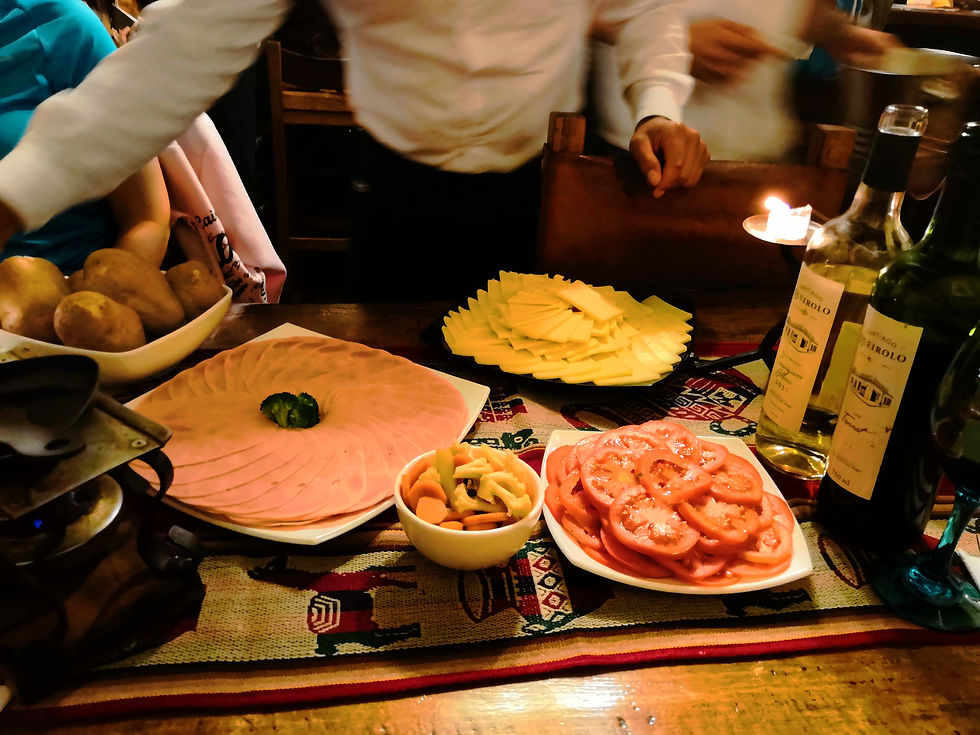
We made dinner last as long as possible but the clock was ticking and our friends needed to head to the bus station, so we said goodbye for the last time and promised to keep in touch.
Chavin Archeological Site
One of the most popular tours from Huaraz is the visit to the archeological site of Chavin de Huantar, which is over 3 hours away by colectivo. Élise wasn't in the mood for such a long trip, considering we had a night bus to take that day so I decided to go on my own while she rested.
To make the trip more enjoyable, the tour stopped by Laguna Querococha, an immense water reservoir coming from the surrounding mountains. Perfect moment for some pictures and for a "mate de coca" to help with the altitude.
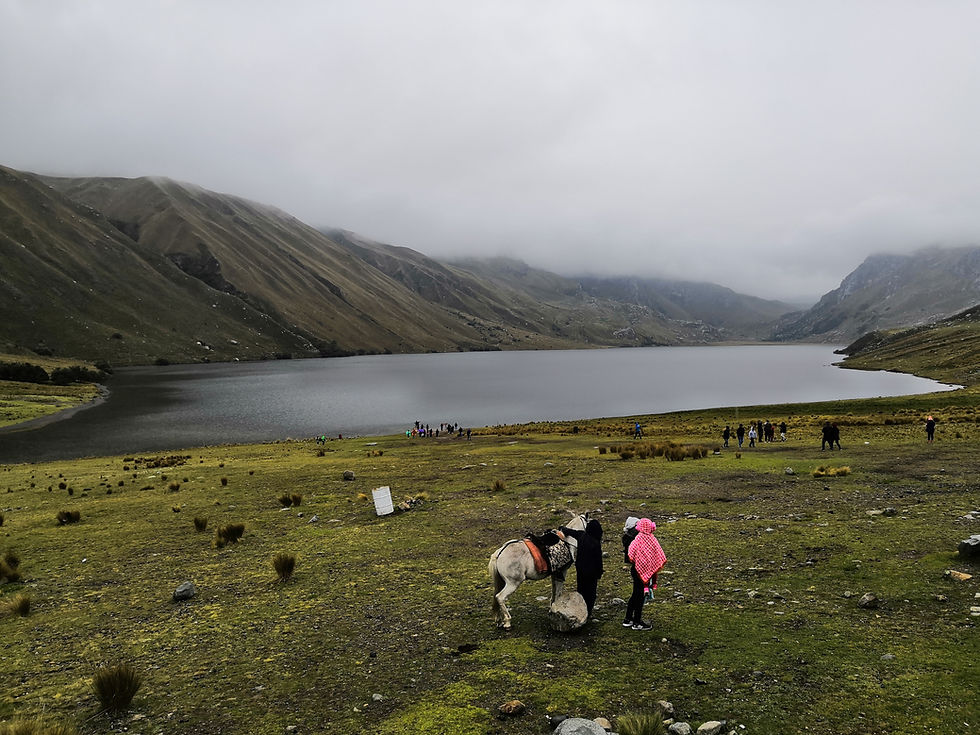
After going through the Tunnel of Kahuish, at over 4,500 metres one of the world's highest underground passage, we were on the other side of the White Mountain Range. From there it took less than hour to get to Chavin.
The site is a complex of several buildings dating from 1500 BC to 500 BC dates that vary from study to study. However, the preservation and restauration works show us that this pre-incan civilisation already mastered the fields of architecture and astronomy. The Chavin people built this enormous ceremonial centre in harmony with the cardinal points and by displacing a river from its original bed. Indeed, they designed numerous underground canals to channel rain water away and also with the purpose of creating jaguar like sounds that would impress and help subjugate pilgrims.
We started the visit by the unassuming exterior of the north side but quickly moved towards the easternmost part where the massive square rests. This was probably the most impressive view of the site, with truncated pyramids on the sides and the Templo Nuevo over 10 meters high leading in front.
While crossing the square, one could imagine the effect these constructions would have had on the visitors at the time. Inside the square, we could find a stone with 7 holes that served to look at a constellation using the reflection of the sky when the cavities were filled with water.
We climbed to the massive Templo Nuevo's base using the snake's passage on the left side and admired the best preserved wall section and the main entrance, perfectly aligned with the central staircase leading to the square. On the northeast side of this building, the guide showed us the 7 chimneys leading to a tunnel that was filled with water using a dam system so they could recreate the roaring of a jaguar. This must have been equally impressive and frightening to hear.
Further to the north, a round square laid with a grand staircase leading west to the Templo Viejo, where we entered a couple of labyrinth like galleries. At the bottom of one of them is where the representation of their good was originally placed, a 5 meter figure called Lanzon that was beautifully carved in a subfield stone. These galleries feature numerous ventilation and light conducts to help the visitor feeling less trapped.
Once out, we were led to the place where the only standing Cabeza Clava (nailed head) rests, the others are preserved in the museum we would visit afterwards. At some point, the entire structure was decorated with these heads placed 9 metres high. One can only fathom the combined effect that all these features gave to this sacred place and the effect caused on the pilgrims caming here for advice. The visit on site had taken longer than expected. After a quick glance at the museum, we were on our way back to Huaraz. Just in time for our night bus to Trujillo.
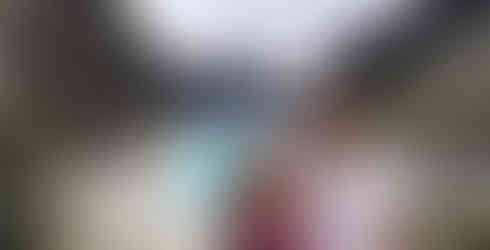


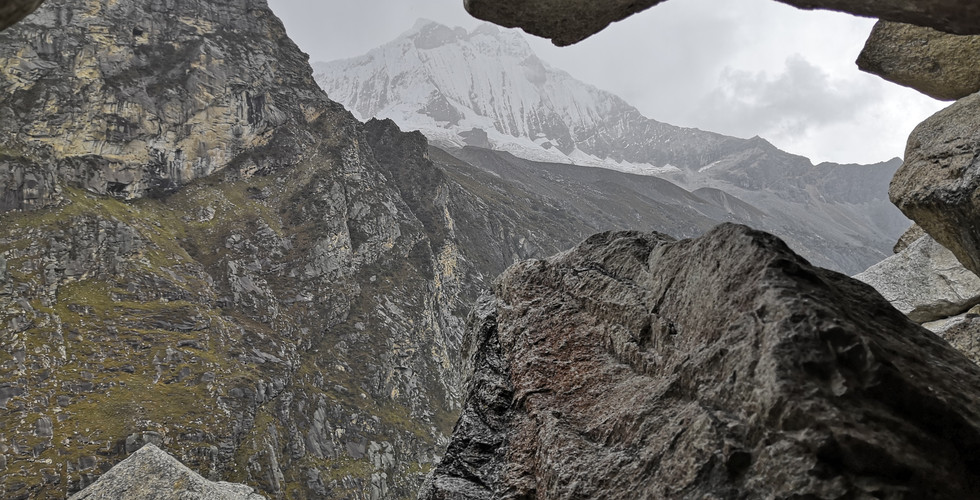


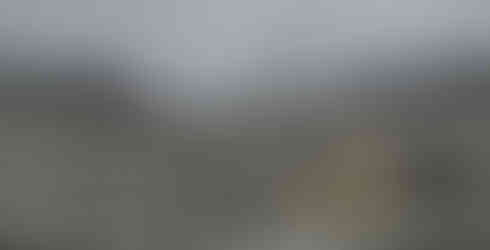

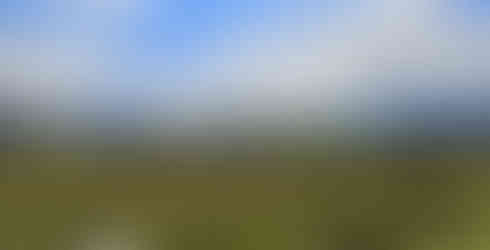


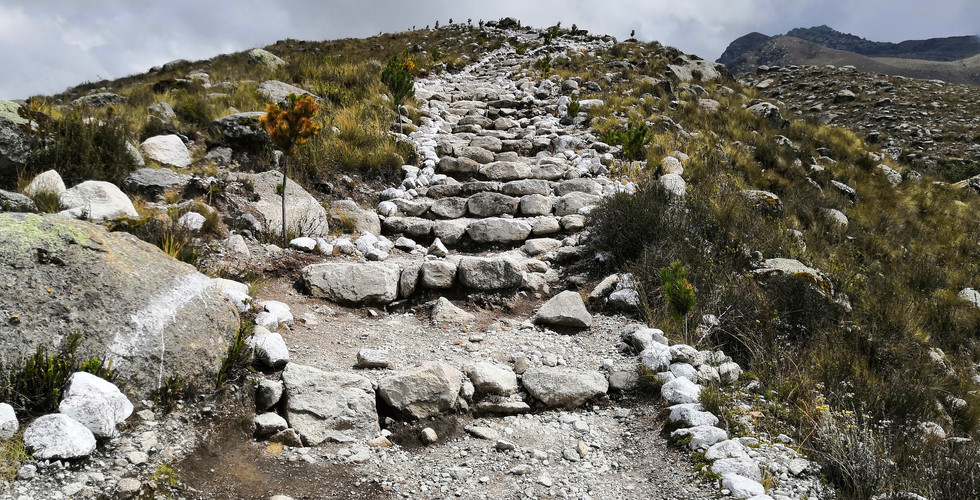

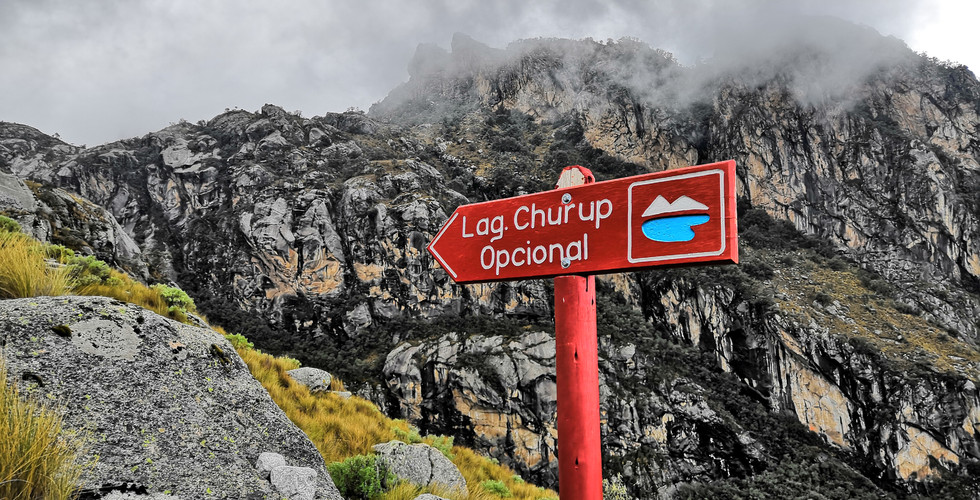



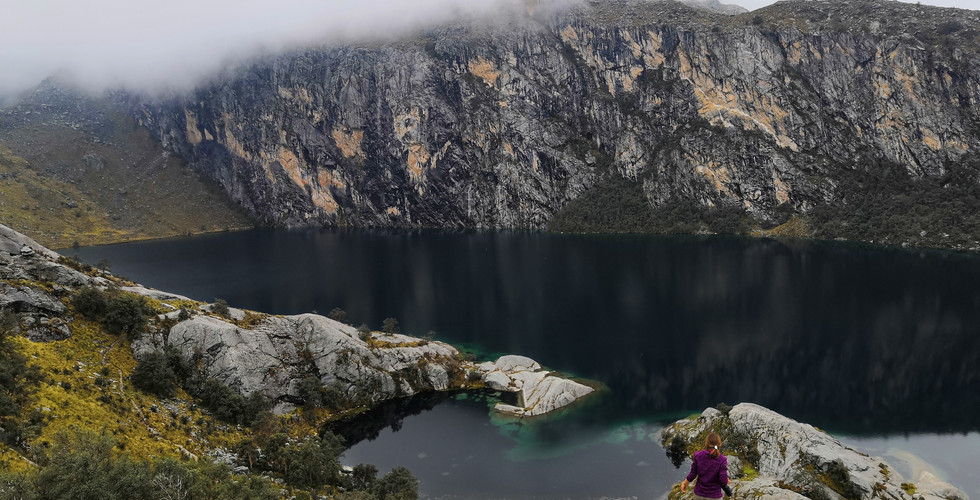



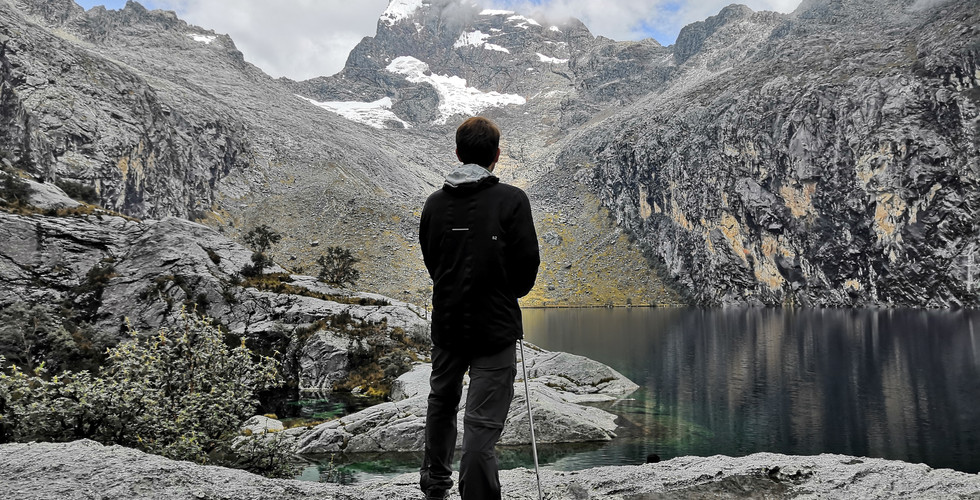
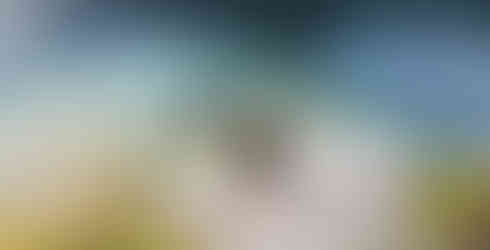



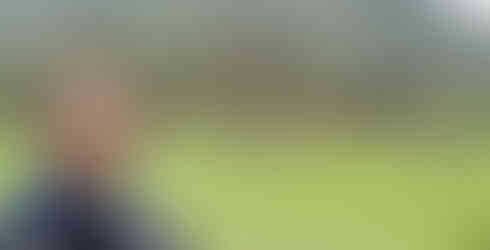






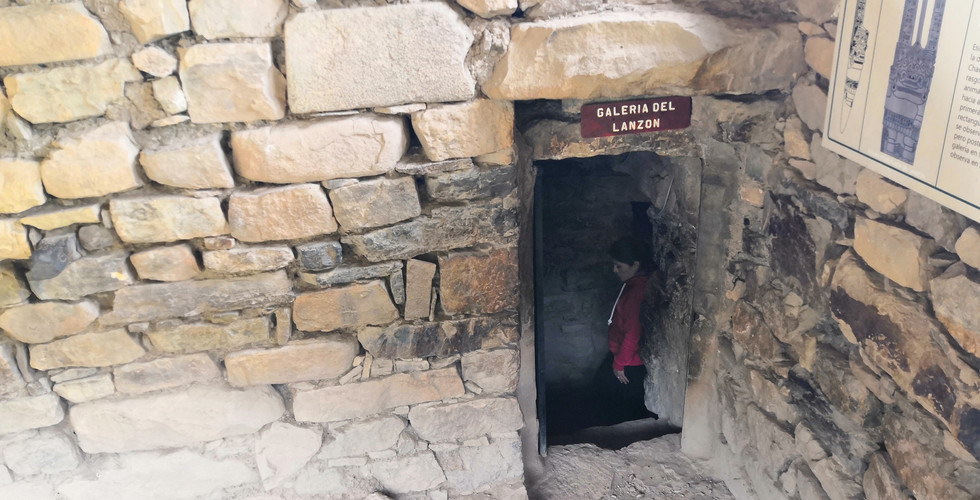
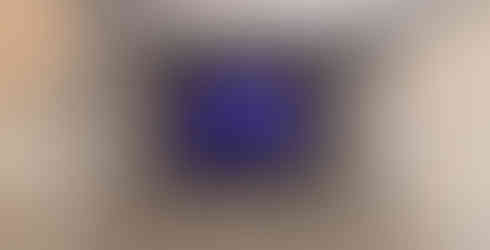

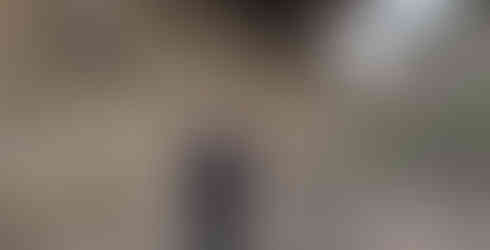

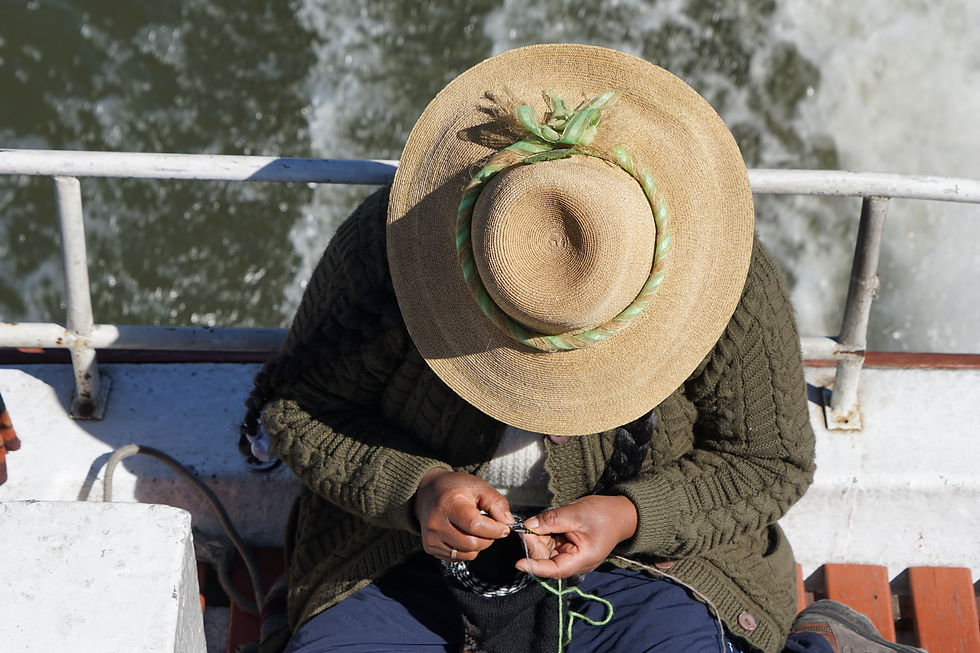

Comments